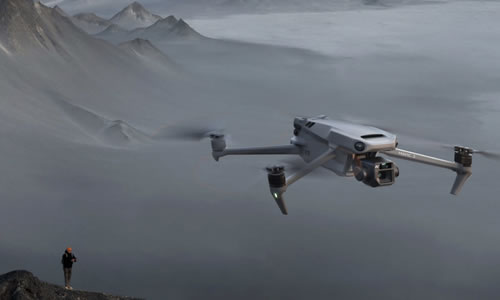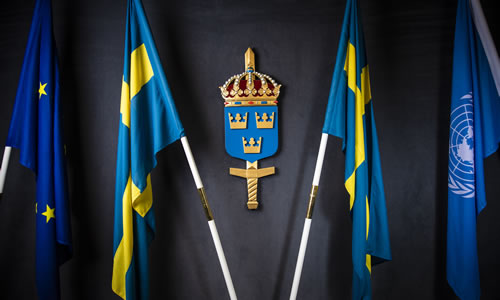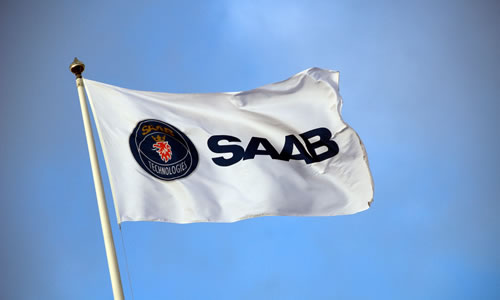
Deputy group leader IS/SB
Operation and support of the information system for the Swedish battalion.
Operation and support satellite communication system.
KS06 was the name of the 6th Swedish contingent in Kosovo
A peacekeeping unit, which Sweden sent to Kosovo. KS06 assumed responsibility on June 15, 2002.
The 6th Swedish Contingent Kosovo consisted of a battalion as well as additional units and staff officers serving at the brigade headquarters and KFOR headquarters. KS06 consisted of 810 men and women.
Most of the personnel were grouped at Camp Victoria, in Hajvalia outside Pristina. During two months of the operation, a temporary composite company called Griffin Coy (TL) was created with personnel from other parts.
Battalion commander: Lieutenant Colonel Johan Fölstad
Chief of Staff: Lieutenant Colonel Peter Ahlström
Staff and support company: Major Ola Barvér
1. mechanized company: Major Magnus Mimer
2. mechanized company: Major Jonas Björkqvist
3. mechanized company: Major Ola Palmquists.
Camp Banski Rid, Skopje , Makedonien
National Support Element : Lieutenant Colonel Lars Fallander
The Kosovo Force (KFOR)
KFOR is a NATO-led international peacekeeping force in Kosovo. Its operations are gradually reducing until Kosovo’s Security Force, established in 2009, becomes self-sufficient
KFOR entered Kosovo on 11 June 1999, one day after the United Nations Security Council adopted the UNSC Resolution 1244. At the time, Kosovo was facing a grave humanitarian crisis, with military forces from Yugoslavia in action against the Kosovo Liberation Army (KLA) in daily engagements. Nearly one million people had fled Kosovo as refugees by that time, and many permanently did not return.
KFOR is gradually transferring responsibilities to the Kosovo Police and other local authorities. Currently, 27 states contribute to the KFOR, with a combined strength of approximately 3,800 military personnel.
The mission was initially called Operation Joint Guardian. In 2004, the codename for the mission was changed to Operation Joint Enterprise
Objectives
KFOR focuses on building a secure environment and guaranteeing the freedom of movement through all Kosovo territory for all citizens, irrespective of their ethnic origins, in accordance with UN Security Council Resolution 1244.
The Contact Group countries have said publicly that KFOR will remain in Kosovo to provide the security necessary to support the final settlement of Kosovo authorities.
Structure
KFOR contingents were grouped into five multinational brigades and a lead nation designated for each multinational brigade. All national contingents pursued the same objective to maintain a secure environment in Kosovo.
In August 2005, the North Atlantic Council decided to restructure KFOR, replacing the five existing multinational brigades with five task forces, to allow for greater flexibility with, removing restrictions on the cross-boundary movement of units based in different sectors of Kosovo. Then in February 2010, the Multinational Task Forces became Multinational Battle Groups, and in March 2011, KFOR was restructured again, into just two multinational battlegroups; one based at Camp Bondsteel, and one based at Peja.
In August 2019, the KFOR structure was streamlined. Under the new structure, the former Multinational Battlegroups are reflagged as Regional Commands, with Regional Command-East (RC-E) based at Camp Bondsteel, and Regional Command-West (RC-W) based at Camp Villaggio Italia.
Swedish former camp in Hajvalia
Ajvalija
Ajvalija is a village or suburb southeast of Pristina, located 635 meters above sea level. It lies in the municipality of Prishtina. It has approximately 2,300 homes and 7 391 (2011) inhabitants. A small creek begins in the town, while another begins north-east of the town and runs through it. After 1970, right up until now, there has been an increase in population, mainly from newcomers.
Camp Victoria
Camp Victoria was the name of the Swedish facility where most of the Swedish soldiers in Kosovo were grouped. The camp was initially called Camp Gripen, but was renamed in the spring of 2000 by Colonel Anders Brännström. The camp was located in Hajvalia south of Pristina.
National Support Element
Swedish NSE on Camp Banski Rid, Skopje , Makedonien

 Drone Flying
Drone Flying Scripting
Scripting Music
Music Movie and TV
Movie and TV Military
Military SAAB
SAAB About me
About me CURRICULUM VITA
CURRICULUM VITA IN MEMORIAL
IN MEMORIAL Teamspeak
Teamspeak Cookie Policy
Cookie Policy












